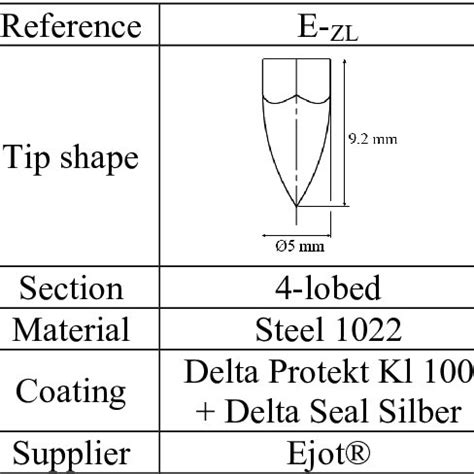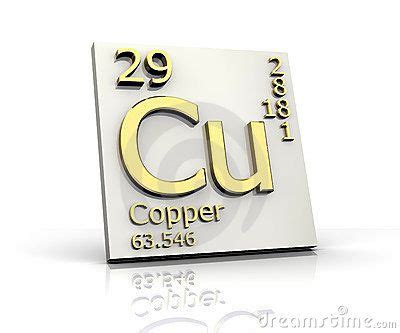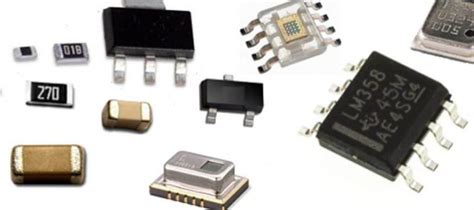
Blog
-
 Read more: PCB manufacturing defects causes and elimination method drilling
Read more: PCB manufacturing defects causes and elimination method drillingTypes of PCB drilling defects There are several types of drilling defects that can occur during the PCB Manufacturing process. These include: Misaligned Holes Misaligned holes occur when the drill bit does not enter the PCB Substrate at the correct location. This can be caused by a variety of factors, […]
-
Flip chip Resistor Performance Improved
Posted by
–
 Read more: Flip chip Resistor Performance Improved
Read more: Flip chip Resistor Performance ImprovedIntroduction to Flip chip Technology Flip chip technology, also known as controlled collapse chip connection (C4), is a method for interconnecting semiconductor devices, such as integrated circuit (IC) chips and microelectromechanical systems (MEMS), to external circuitry with solder bumps that have been deposited onto the chip pads. The solder bumps […]
-
What is Cu (Copper)?
Posted by
–
 Read more: What is Cu (Copper)?
Read more: What is Cu (Copper)?Definition of Copper Copper (Cu) is a chemical element with the atomic number 29. It is a soft, malleable, and ductile metal with very high thermal and electrical conductivity. Copper is found as a pure metal in nature and has a distinct reddish-orange color. Its unique properties make it widely […]
-
Forecast of Military Electronics Market
Posted by
–
 Read more: Forecast of Military Electronics Market
Read more: Forecast of Military Electronics MarketOverview of the Military Electronics Market The military electronics market encompasses a wide range of electronic systems and equipment used for defense and military applications. This includes communication systems, radar, electronic warfare, navigation, avionics, electro-optics, and various other types of sensors and systems. The market is driven by factors such […]
-
PCB pads introduction
Posted by
–
 Read more: PCB pads introduction
Read more: PCB pads introductionWhat are PCB pads? PCB pads, also known as solder pads or land patterns, are the exposed copper areas on a PCB where components are soldered. They provide a conductive surface for attaching components to the board and establishing electrical connections. Pads come in various shapes and sizes, depending on […]
-
 Read more: 10 Helpful Ways To Check Defects On Soldering PCB Board
Read more: 10 Helpful Ways To Check Defects On Soldering PCB BoardIntroduction Soldering PCB Boards is a crucial process in the manufacturing of electronic devices. However, even with the most skilled technicians and advanced equipment, defects can still occur during the soldering process. These defects can lead to malfunctions, reduced performance, and even complete failure of the electronic device. Therefore, it […]
-
 Read more: SMT vs SMD – Ultimate Guide to PCB Assembly Terms
Read more: SMT vs SMD – Ultimate Guide to PCB Assembly TermsWhat is SMT? SMT stands for Surface Mount Technology. It is a method for constructing electronic circuits in which the components are mounted directly onto the surface of printed circuit boards (PCBs). SMT has largely replaced the through-hole technology construction method of fitting components with wire leads into holes in […]
-
 Read more: Solderability Test: Understanding PCB Solderability Testing
Read more: Solderability Test: Understanding PCB Solderability TestingIntroduction to Solderability Testing Solderability testing is a crucial process in the manufacturing of printed circuit boards (PCBs) to ensure the quality and reliability of the final product. It involves evaluating the ability of component leads, pins, and PCB pads to be wetted by molten solder during the assembly process. […]
-
Quality Circuit Assembly-Basic Guide Service
Posted by
–
 Read more: Quality Circuit Assembly-Basic Guide Service
Read more: Quality Circuit Assembly-Basic Guide ServiceIntroduction to Circuit Assembly Circuit assembly is the process of connecting electronic components together to create a functional electronic circuit. It involves soldering components onto a printed circuit board (PCB) according to a specific design. The quality of the circuit assembly process is crucial for ensuring the reliability and performance […]
-
PCB Screen Printing Stencil Making Process
Posted by
–
 Read more: PCB Screen Printing Stencil Making Process
Read more: PCB Screen Printing Stencil Making ProcessIntroduction to PCB Stencils A PCB stencil is a thin sheet of metal or plastic with precisely cut openings that correspond to the pads on a printed circuit board (PCB). These stencils are used in the PCB assembly process to apply solder paste onto the pads before placing components. The […]




